Newswise — The 3D Dog Eye Anatomy Model for Self–learning, an innovation by the Faculty of Veterinary Science, Chulalongkorn University (CU VET) recently received the Gold Award at the International Innovation Week Africa (IWA) 2020 in Rabat, Morocco.
This innovation was developed by Assoc. Prof. Pawana Chuesiri, Assoc. Prof. Dr. Kriengyot Sajjacharoenpong, Mrs. Jantima Intarapanya of CU VET, and Krityoch Chuesiri a student of Chulalongkorn Demonstration Secondary School. This three-dimensional model of canine eye anatomy consists of the eyeballs, eyelids, lacrimal glands, extraocular muscles, and four sets of clearly visible nerves.
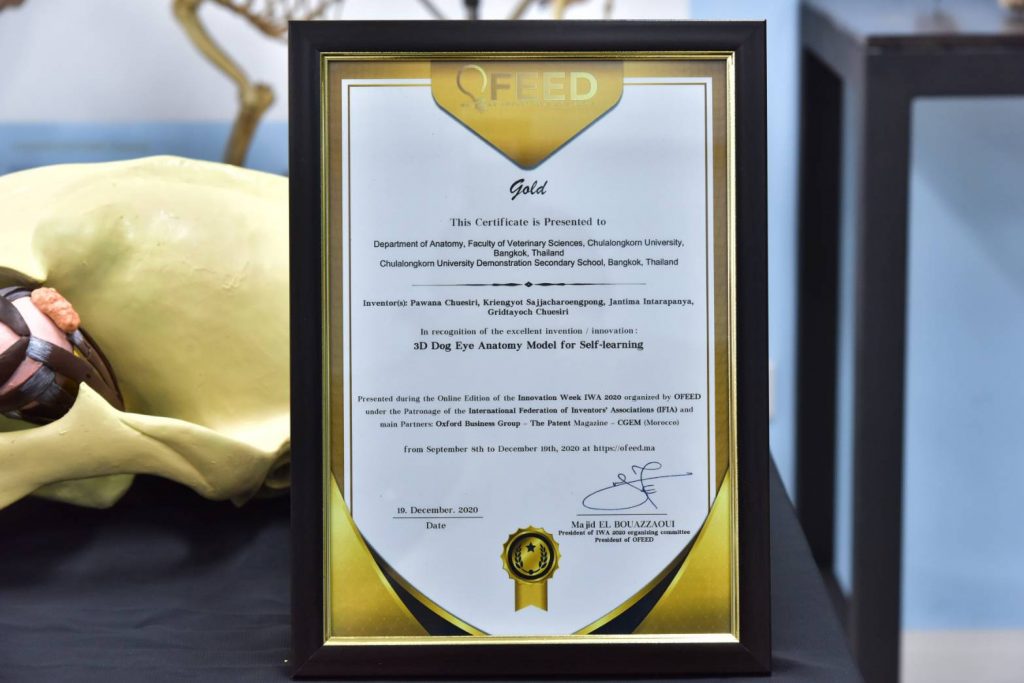
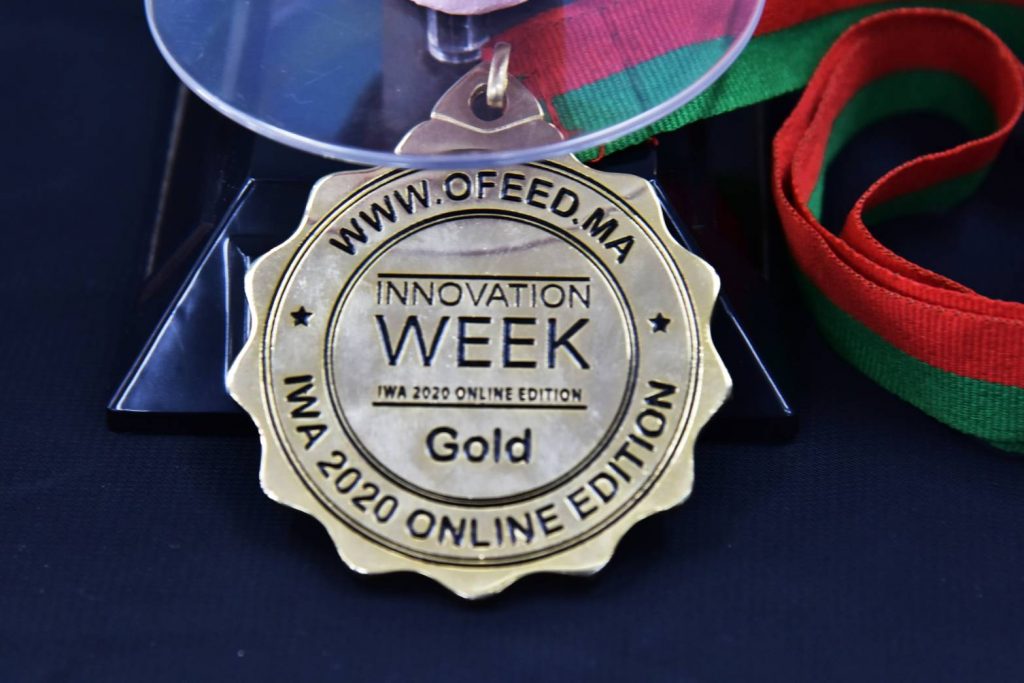
Asst.Prof. Pawana Chuesiri, one of the model’s developers, explained that this innovation was motivated by the limitations of using real animal eyes from cadavers in teaching CU VET students. Being tiny, complex, and perishing quickly, these cadavers’ eyes make anatomy study difficult. Moreover, when students lack skill and expertise in dissecting the eyes, they often cause damage to the critical structures making it impossible to reuse the organs. These limitations may prevent students from thoroughly understanding the subject, hence this innovation.
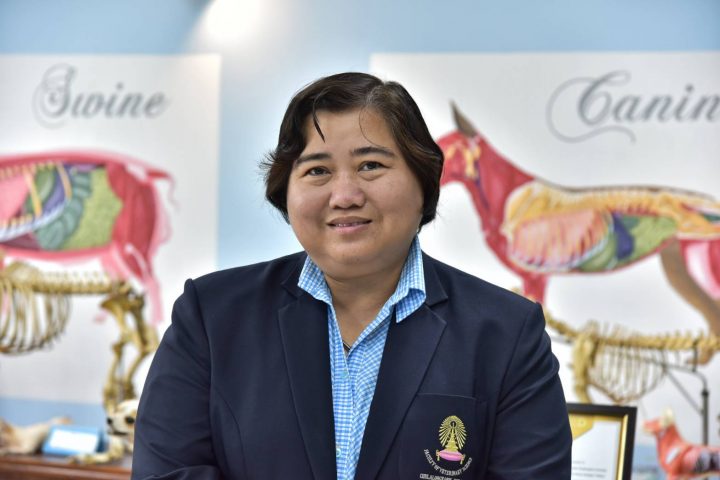
Assoc. Prof. Pawana Chuesiri
The manufacturing process started with designing using a 3D program based on real dog eyes. Then the molds of the components, which can be easily disassembled and reassembled, were printed on a 3D printer. Different materials, i.e. resin, rubber, and plastic were chosen for their soft and flexible texture similar to the real eyeball, which were then cast and painted afterward.
“We designed the model like a jigsaw puzzle so that all aspects of the eye can be seen. Each eye can be taken apart in different dimensions to show both the outer and inner surfaces, as well as front and back. This allows all the nerves and muscles to be visible,” said Asst. Prof. Pawana.
Asst. Prof. Pawana continued that the highlight of this innovation is that it is a teaching tool that is larger than a real dog’s eye. Each component is color-coded so both the outer and inner parts can be removed to be studied, then put back together like a jigsaw puzzle. The kit is made with quality material, is light-weight, durable, waterproof, safe, long-lasting, inexpensive, and easy to use. The model will enable students to memorize the dog-eye structures more efficiently in place of real eyes. It can also be used with a smartphone for self-study.
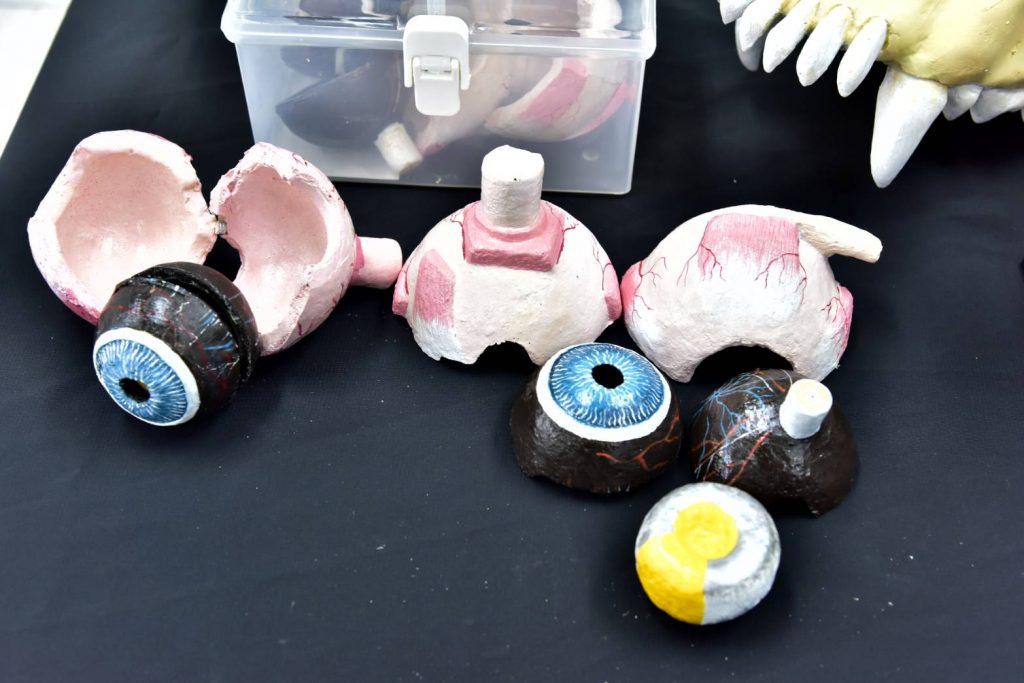
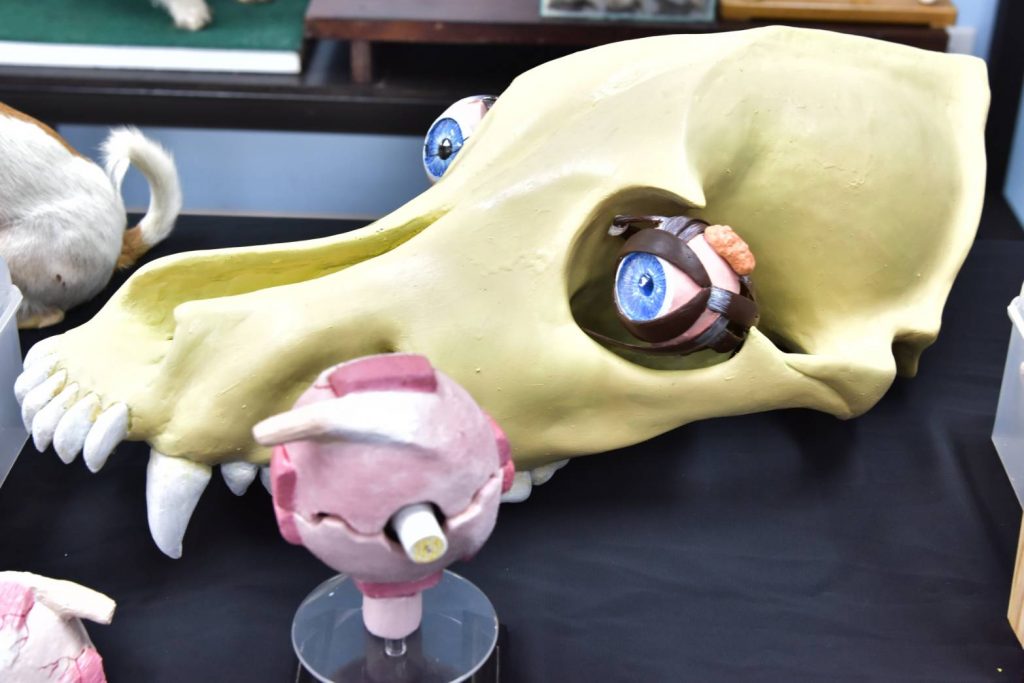
At present, this innovation has been used as a teaching tool for CU VET students to supplement or replace of scarce organs or cadavers that are preserved in formaldehyde. It is safer to use and easier for students to review by themselves, by working with three-dimensional media programs in which they can scan the AR code through a computer, mobile phone, or tablet.
The future goal is to produce sufficient models for teaching and learning, as well as clinical use. Veterinarians can use the model to explain the pathology of the animal. In addition, the team will further develop anatomical models for other organs that can be used electronically via mobile applications to maximize learning efficiency and promote students’ interest in self-study of veterinary anatomy.
Apart from modern teaching innovations, CU VET also provides an exhibit of complete veterinary anatomy on the 3rd floor of the 60-Year Veterinary Building for students and the public to come and learn or use the resources for academic research.
The veterinary anatomy exhibit includes schematic diagrams, animal anatomy models, skeletons, and taxidermy animals arranged systematically that visitors can visit in person. Moreover, CU VET has also developed a 360-degree virtual tour website of the Veterinary Anatomy section, that is perfect for the age of the New Normal as well.
Visit the 360-degree Virtual exhibits and the Anatomy Library at http://www.exhibitant.vet.chula.ac.th/
Veterinary Anatomy Exhibition Hours: Monday – Friday: 08.00 – 16.00.
For inquiries, call +66-2218-9696, +66-2218-9658.

